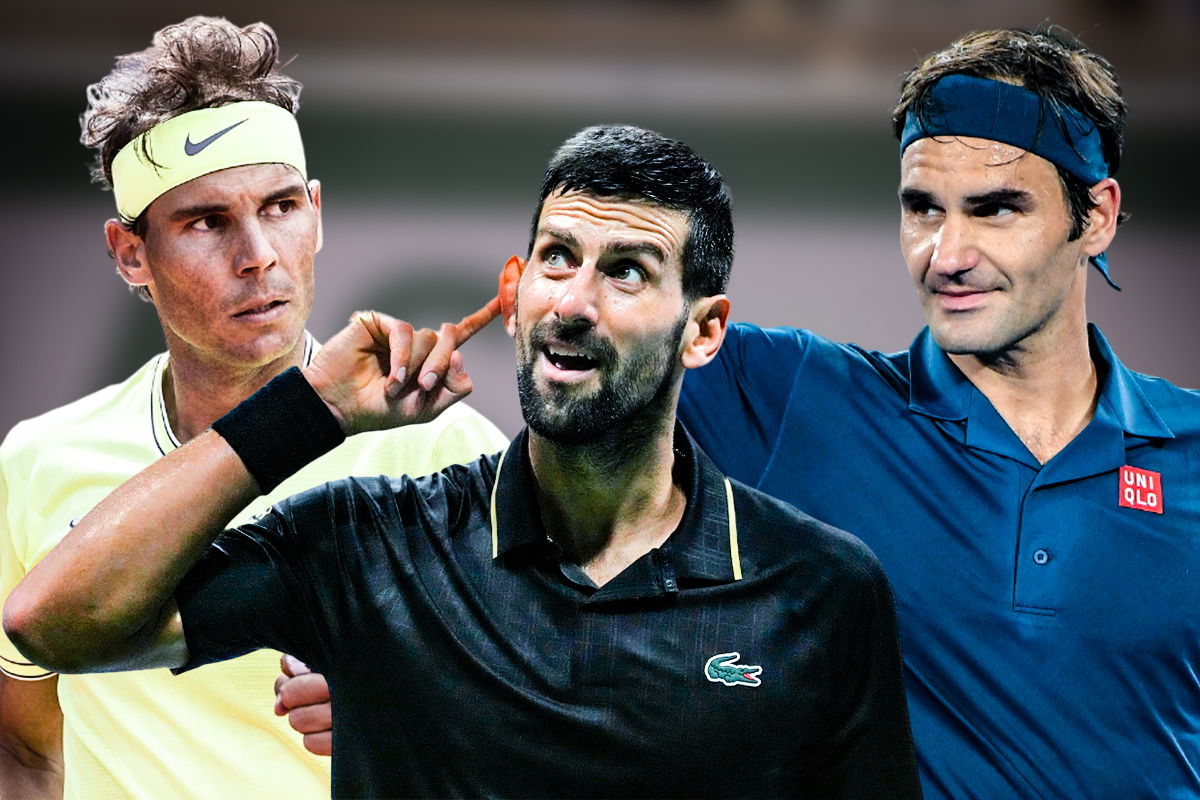

When the conversation turns to the greats of tennis, countless names echo through history—trailblazers who redefined the game and champions who ruled their courts with an iron grip. Yet, towering above them all stand the Big Three: Roger Federer, Rafael Nadal, and Novak Djokovic. Icons who didn’t just play tennis, but owned it.
Watch What’s Trending Now!
Together, these legends racked up a jaw-dropping 66 Grand Slam titles, pulling tennis into the global spotlight and making the 2000s an era unlike any other. But while every fan has their own “GOAT,” the rivalry within the trio has always been fierce. So the question burns brighter than ever: before reaching the so-called prime age of 35, which of these giants truly stood tallest? Let’s break it down.
ADVERTISEMENT
Looking back at their win-loss record
Roger Federer made aging look effortless. The Swiss legend, who began in 1998 and bowed out at the 2022 Laver Cup, still shone past 35 (August 8, 2016). After an injury-hit 2016, he roared back in 2017 with seven titles, including two Slams, and finished No.2. In 2018, he lifted his 20th and final major in Melbourne, closing the year as No.3. By 2021, injuries forced him to step away after Wimbledon. In all six seasons, he racked up 15 titles with three majors, and a stunning 171–30 record (85.1%), averaging No.6 at year’s end.
Rafael Nadal’s twilight was brilliant but brutal past the age of 35 (June 3, 2021). In 2021 he managed 29 matches, two titles, and a No.6 finish. Then came 2022, a dream run: the Australian Open to pull ahead in the Slam race, plus his 14th Roland Garros over Casper Ruud. But his last triumph stopped there. A hip injury in 2023 left him with just four matches; in 2024, he played 20 more before a teary Davis Cup farewell. His numbers read: four seasons, six titles with two Slams, a 58–21 record (73.4%), and an average year-end No.207 after slipping to No.154 from 672.
Top Stories
Novak Djokovic Makes a Bold Coaching Move As He Looks the Challenge Carlos Alcaraz & Jannik Sinner in 2026
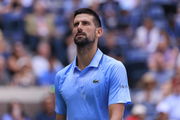
Russian Tennis Hit Hard as Another WTA Player Forfeits Citizenship
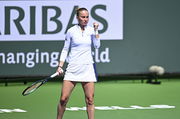
Carlos Alcaraz and Jannik Sinner Take Bizarre On-Court Decision as Australian Open Countdown Begins
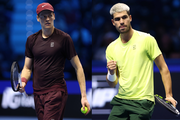
Ex-WTA Pro Calls Out Media Houses After Personal Rumors Cross the Line

WTA Player’s Misbehavior With Ball Kid Triggers Backlash From Former Tennis Pro

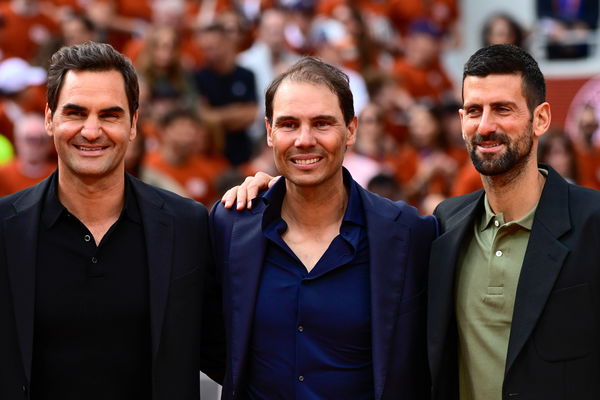
Imago
Sport Bilder des Tages TENNIS : Hommage a Rafael Nadal – Roland Garros 2025 – 25/05/2025 Roger Federer Swiss and Novak Djokovic Serbia attend the tribute to Rafael Nadal Spain during the 2025 French Open at Roland Garros on May 25, 2025 in Paris, France. Photo Dante Badano / PSNewz – ParisFrance PUBLICATIONxNOTxINxFRAxBEL Copyright: xx
Novak Djokovic turned 35 on May 22, 2022 and kept rewriting the script. Since then, 13 titles, four Slams, and that long-awaited Olympic gold. His tally: 136–26 (84.0%), nearly Federer’s win rate but across more matches. In 2023, he stormed to No.1 with three majors. By 2024, just the Olympic medal, no Slams, and a dip to No.7 marked his worst year since 2017. Now, 2025 has opened with three straight defeats, stirring questions. Still, “the numbers scream” he’s the post-35 standard for consistency.
ADVERTISEMENT
ADVERTISEMENT
Comparing their Grand Slam and major titles achievements post-35
The Serbian continues to set the standard for longevity. Since turning 35, he’s collected four Grand Slams, one ATP Finals crown, and a stack of Masters titles, showing his grip on the sport has hardly loosened. Even deep into his late 30s, he’s remained the one most likely to push far into the biggest stages.
Roger Federer had his share of late-career magic too, adding three Grand Slams and several Masters titles after 35. While he never captured another ATP Finals in that stretch, his ability to stay in the hunt at majors proved his enduring class. Federer’s post-35 chapter was about elegance and flashes of brilliance right to the end.
Rafael Nadal’s final act was shorter but still powerful. He managed two Grand Slams and only limited success elsewhere, with injuries constantly holding him back. Still, those signature explosions—like his 14 Roland Garros triumphs—were reminders of his unmatched spirit. Yet, when stacked against his great rivals, Djokovic’s Slam lead and sustained competitiveness leave him clear at the top in the post-35 race.
ADVERTISEMENT
Matches against Top 10 players
When it comes to taking down opponents, Novak Djokovic has stood tallest past 35. Against top-10 rivals, he’s piled up 28 wins with just 11 losses, a sparkling 71.8% win rate. Even in his late 30s, he’s the guy who flips big matches on their head, and the one no one wants on the other side.
Roger Federer kept his shine in the spotlight too. He notched 26 wins against 16 losses, good for a 61.9% strike rate, proving that even in the twilight he could still dance with the best. Elegant, dangerous, but not quite as unshakable as Djokovic.
ADVERTISEMENT
Rafael Nadal’s chapter reads more bittersweet. Hampered by injuries, he managed 9 wins and 7 losses versus top-10 foes, a 56.3% clip. On his days, the fire still roared—Australian Open, Roland Garros—but those battles with the elite came fewer and burned shorter.
| Player | Wins vs. Top 10 | Losses | Win % |
| Novak Djokovic | 28 | 11 | 71.80% |
| Roger Federer | 26 | 16 | 61.90% |
| Rafael Nadal | 9 | 7 | 56.30% |
ADVERTISEMENT
A comparison of their Year-End Ranking Averages
When it comes to year-end rankings after turning 35, Federer holds the edge in year-end rankings after 35, averaging around No. 6. Despite injury setbacks, he stayed a top contender, proving his lasting class and steady grip on the elite. Though most of his titles came earlier, Federer kept adding trophies past 35 — bouncing back after a tough 2016 to bag seven titles, including two Grand Slams, and finishing 2017 at No. 2.
Novak Djokovic follows close with an approximate year-end average of No. 8, but with sharper peaks. His resilience shines through—bouncing back to No. 1 multiple times after 35 shows his fierce drive. In 2024, he snagged just one title, that coveted Olympic gold, without any Slams, ending the year at No. 7—his lowest since 2017. Starting 2025 with three straight losses has sparked questions about what’s next for the Serbian star.
Nadal’s journey looks different altogether. His year-end average tumbled to about No. 207, plunging as low as 672 during long injury layoffs. While moments of brilliance still lit up his game, but injuries became his shadow, preventing the late-career steadiness Federer and Djokovic enjoyed.
ADVERTISEMENT
Looking at their form in terms of aces and unforced errors
While detailed post-35 ace and unforced error stats aren’t easy to find, the patterns make the story clear. Nole shines by keeping his unforced errors impressively low vs. top opponents, especially in Grand Slams. For example, at Roland Garros 2023, he dominated tie-breaks with zero unforced errors—clean, precise tennis that’s his secret weapon deep into his late 30s.
All three legends dial back aggression during championship points, playing with a sharp, cautious edge when it matters most. Djokovic’s epic clashes with Nadal at Roland Garros reveal how razor-thin margins decide matches. Despite sometimes higher unforced errors, the Serb’s cleaner execution in crunch moments often edges out power, proving precision still rules in the pressure cooker.
ADVERTISEMENT
Level of competition (average opponent rank)
Post-35, the Big Three didn’t just play, they battled the best. Federer faced roughly 2.1 top-10 opponents on average per Slam won, holding his ground against tough draws late into his career. Djokovic followed close, meeting about 2.06 top-10 players per Slam victory, proving that even under pressure, his drive and tenacity never dropped. Nadal trailed slightly with an average of 1.85 top-10 rivals per Slam win, a figure shaped by both his dominance and the challenges of fighting through injuries.
Djokovic’s post-35 legacy shines brightest when you look at the top-end competition he overcame. He has toppled one of the top three highest-ranked players on a path to a Slam 17 times—outrunning Nadal’s 15 and Federer’s 10 in those high-stakes head-to-heads. This stat paints a clear picture: Novak Djokovic consistently dismantled elite rivals, proving his grit and skill deep into the late chapters of his career.
Numbers don’t lie, Novak kept the fiercest fire burning against the game’s best, defeating a stack of heavyweights en route to victories. Federer and Nadal kept pace, but a bit less frequently post-35, with Roger’s tough draws and Rafa’s injury struggles coloring their tallies. This level-of-competition context cements Djokovic as the toughest late-career challenger of the legendary trio.
Summary Table
| Metric | Djokovic (Post-35) | Federer (Post-35) | Nadal (Post-35) |
| Win % | 84.00% | 85.10% | 73.40% |
| Top 10 Win % | 71.80% | 61.90% | 56.30% |
| Grand Slam Titles | 4 | 3 | 2 |
| Total Titles | 12 | 15 | 4 |
| Avg. Year-End Rank | #8 | #6 | #207 |
| Avg. Top-10 Opp. Faced | 2.06 | 2.1 | 1.85 |
Conclusion
In the end, Djokovic stands out for capturing more majors, staying sharp against top 10 rivals, and delivering stronger results deep into his 30s. His record shows a relentless competitor who keeps pushing the limits well past the prime years. Federer trails closely in win percentage and consistency, with fewer majors after 35 but plenty of solid performances that proved his staying power even amid setbacks.
Nadal’s post-35 story is shaped by injuries and less court time, leading to the lowest numbers across the board. Yet even with limited play, he made his mark when fit. Looking at win rates, Grand Slams, and battles against tough opponents, Novak Djokovic comes out on top, followed by Federer, with Nadal third, mainly owing to the health challenges that slowed him down.
ADVERTISEMENT
ADVERTISEMENT
ADVERTISEMENT

